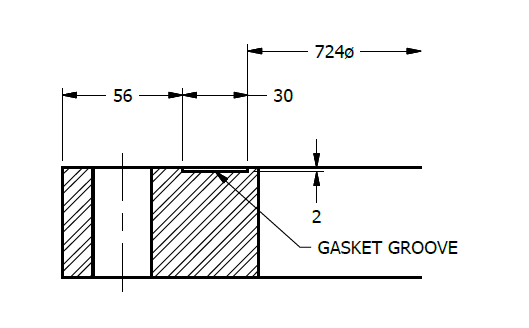david339933
Industrial
I have a flange pair designed to Sec.VIII Div. 1 - APP. Y.
Flanges were designed to use an EPDM Gasket classified as self-sealing. Now vessels are fabricated, customer is having issues with degradation of the EPDM in service with vessels previously fabricated (Service: alcohols/trace aldehydes) at design temp. of 356F. I am now in search of a gasket which can sustain the service while maintaining a low load due to seating pressure HG.
I have been in contact with multiple gasket manufacturers who state no elastomer will last under these conditions....and suggested gasket had a y factor of 2500 psi....to great for the flanges.
Any suggestions would be great.....
Flanges were designed to use an EPDM Gasket classified as self-sealing. Now vessels are fabricated, customer is having issues with degradation of the EPDM in service with vessels previously fabricated (Service: alcohols/trace aldehydes) at design temp. of 356F. I am now in search of a gasket which can sustain the service while maintaining a low load due to seating pressure HG.
I have been in contact with multiple gasket manufacturers who state no elastomer will last under these conditions....and suggested gasket had a y factor of 2500 psi....to great for the flanges.
Any suggestions would be great.....

